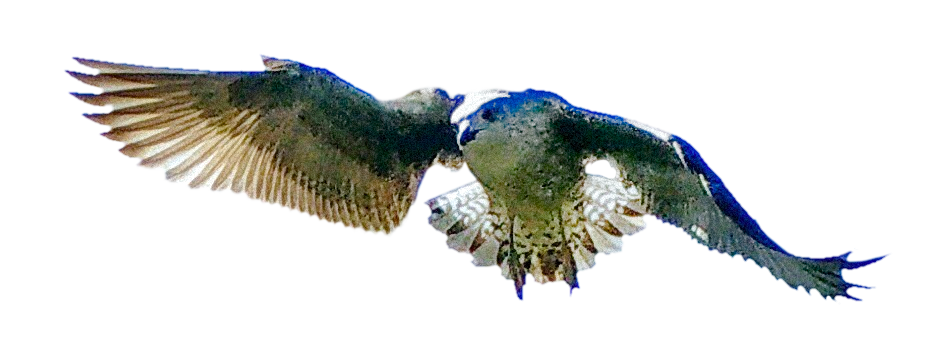Old / new paper: Science and Complexity

Today I took sometime off to read a classical paper from Weaver:
Science and Complexity.
The paper was published in 1948, many years before computers were first available at Universities, then on every desk and finally in every pocket. It was also published before DNA was discovered and then sequenced.
The paper is very modern because we still face the same issues. Something is still missing, maybe a new paradigm to "understand" Organized Complexity; Weaver calls Organized Complexity what lies between the "simple" 2/3 variables physics problems and the many variables (infinite to the limit) Disorganized Complexity problems (solved using statistical methods).
Sixty years ago, Weaver imagined that Disorganized Complexity would be tamed using computers and interdisciplinary teams of scientists. Today we use that approach and faster computers to perform complex simulations, but haven't yet developed a coherent framework to understand what lies in the "middle".
Understanding the nervous system of a worm called C-elegans or the development and regeneration of another worm called Planaria are example of Disorganized Complexity problems. These are (probably) simpler problems than understanding the mammalian development or the cat's neo-cortex. And yet, despite all our efforts applying "traditional" mathematical tools, computer simulations and performing all kinds of different experiments, we still do not have a working model of these systems. If you're interested, here is a link to a primer on the open problems related to Planaria.
Maybe understanding Weaver's Disorganized Complexity will require a new paradigm, not incrementally better mathematical tools or faster computers.





